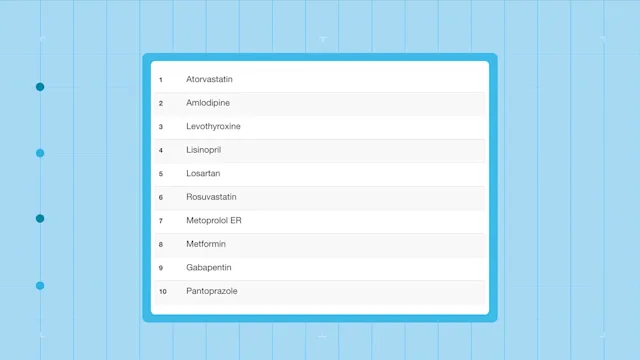Key takeaways:
The percentage of people with health insurance has increased slightly since last year. But insurance costs have also gone up.
More people are on high-deductible health plans compared to last year. This may be because people want coverage at a more affordable price. Or it could be the result of rising premiums for traditional insurance plans.
Out-of-pocket prescription medication costs continue to be a financial burden for many. What’s more, 14% of people have had at least one prescription drug dropped from their insurance coverage over the last year.
As we approach the 2-year anniversary of the COVID-19 pandemic, GoodRx research found that insurance costs continue to rise and insured levels have not yet returned to what we saw pre-pandemic.
As part of our annual survey on health insurance costs, the GoodRx Research Team surveyed over 1,000 people in the U.S. from January 14 to January 21, 2022. The results are representative of the overall U.S. population. More information about the survey’s methodology can be found here.
We’ve outlined our main findings below. While the uninsured rate went down slightly from last year, there are still some worrying statistics related to health insurance coverage and affordability.
More people have health insurance compared to last year
Many people lost their employer-sponsored health insurance due to COVID-19-related layoffs. But there are signs that employer-covered insurance may now be more available.
In December, the nationwide unemployment rate was at its lowest since the COVID-19 pandemic began. In our survey, we found that there was a 2% increase from last year in individuals enrolled in health insurance through their employer, and a 1% decrease in the overall uninsured rate compared to last year.
More people are enrolled in high-deductible health plans
High-deductible health plans (HDHPs) are one way individuals can get health insurance without paying a pricey monthly premium. A total of 35% of people we surveyed this year said that they were enrolled in a HDHP compared to 33% in 2021.
The 65-and-older age group had the lowest percentage of HDHP-enrollees (18%), while the 25-to-64 age group had the highest percentage at about 40%. This trend is similar to what we saw in 2021 and 2020.
Nearly a quarter of individuals weren’t sure whether they were enrolled in an HDHP or not. There are some downsides to enrolling in a HDHP (such as paying large out-of-pocket costs before coverage kicks in), so individuals should be given more resources to ensure they better understand their health plans.
More people report higher copays, premiums, and deductibles
While health insurance enrollment is up, health insurance costs have unfortunately risen for many people.
We found that 7% more people this year are facing increased health insurance premium costs compared to last year (41% versus 34%). The numbers are even higher for copays and deductibles — with 5% more facing higher copay costs (27% this year versus 22% last year) and 4% more facing higher deductible costs (26% this year versus 22% last year).
Monthly out-of-pocket costs for prescription medications have edged up
Last year, we found that nearly 60% of people who were insured and took non-covered prescription drugs spent less than $50 on them, per month. This year, 52% pay that amount, suggesting that a larger number of these people are paying more for their non-covered meds.
Read more like this
Explore these related articles, suggested for readers like you.
And more people are spending between $50 and $100 monthly on prescriptions (26% this year versus 21% in 2021).
Prescription drug costs continue to rise, and consumers may face even more difficulties affording them in the future.
There’s still room for improvement with insurance plans’ prescription drug benefits
Over one-third of people were very satisfied with their insurance plan’s prescription benefit coverage in 2021; this year, that number dropped to 31%.
And while the same percentage of people feel neutral about their plan’s prescription drug coverage this year compared to last year, more people are unsatisfied or very unsatisfied: 12% versus 10% in 2021.
Another challenge that Americans have to contend with is insurance companies dropping coverage for their medications. Consistent with prior years, about 14% of people reported having at least one of their prescription drugs dropped by their insurance.
Summing it all up
The decrease in the uninsured rate over the last year is good news. But many Americans still face struggles with their insurance, including rising premiums, copays, and deductibles. And many people who take prescription drugs continue to find them difficult to afford.
Those dealing with high out-of-pocket drug costs may be able to find some relief by looking at medication alternatives, filing an appeal with their insurer, applying for patient assistance, or re-evaluating their coverage during open enrollment.
Co-contributors: Tori Marsh, MPH
Methodology
Our survey was run through Google Surveys and was entirely composed of Android smartphone users. The survey ran from January 14 to January 22, 2022; a total of 1,161 responses were collected and analyzed. Survey responses were weighted to the U.S. population using age, gender, and geographical location. More information on the Google Survey methodology is available here.
See previous GoodRx reports on insurance options here:

Why trust our experts?



















